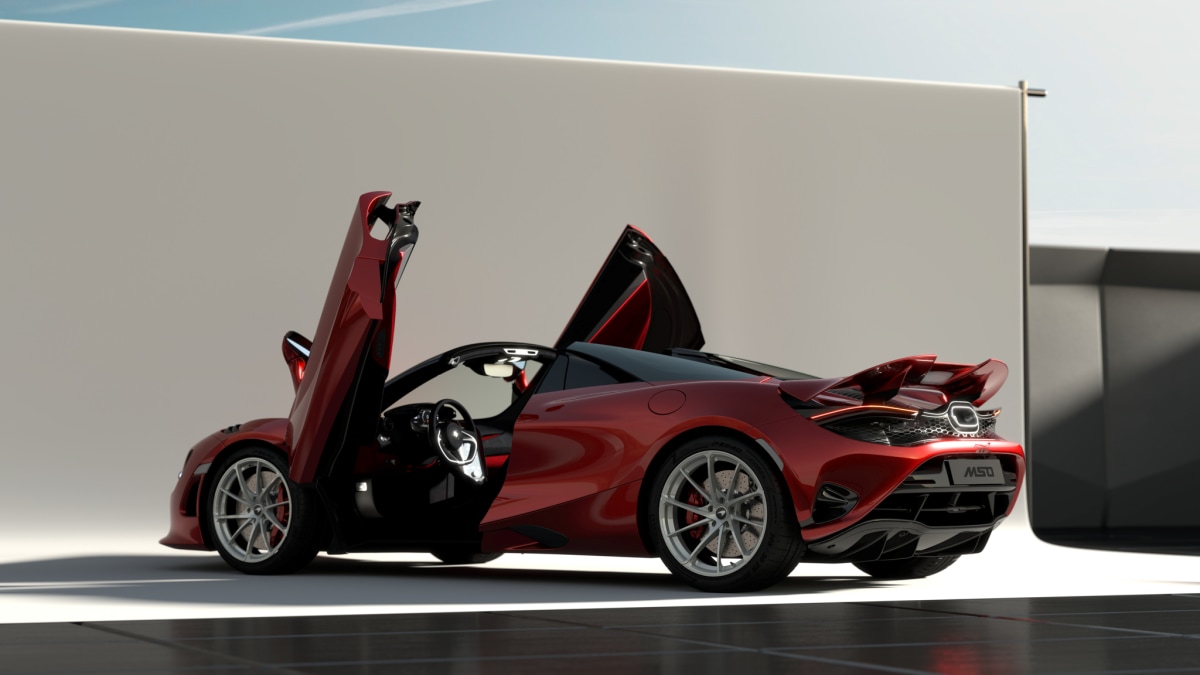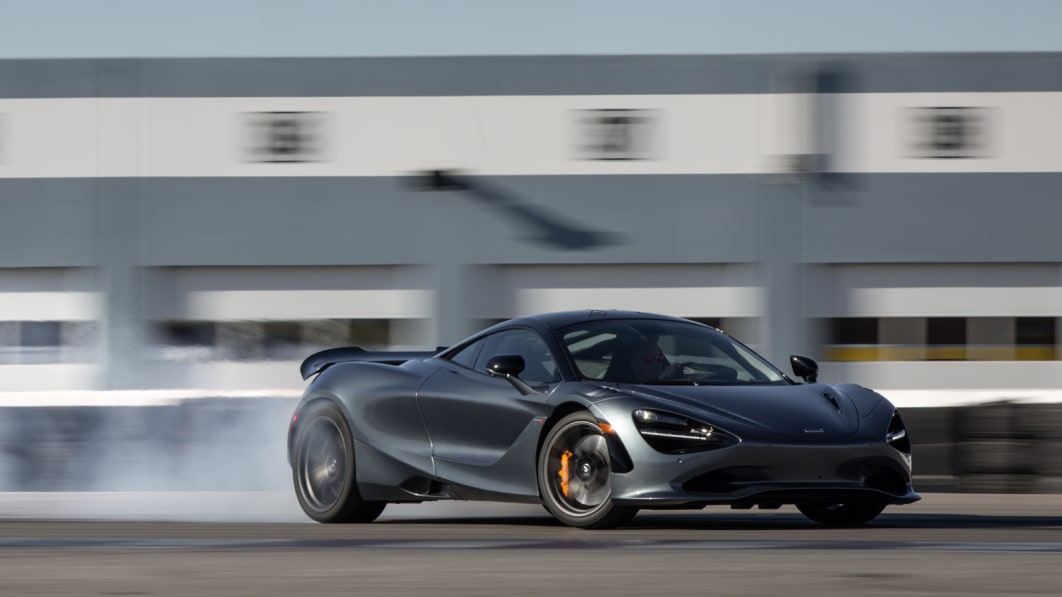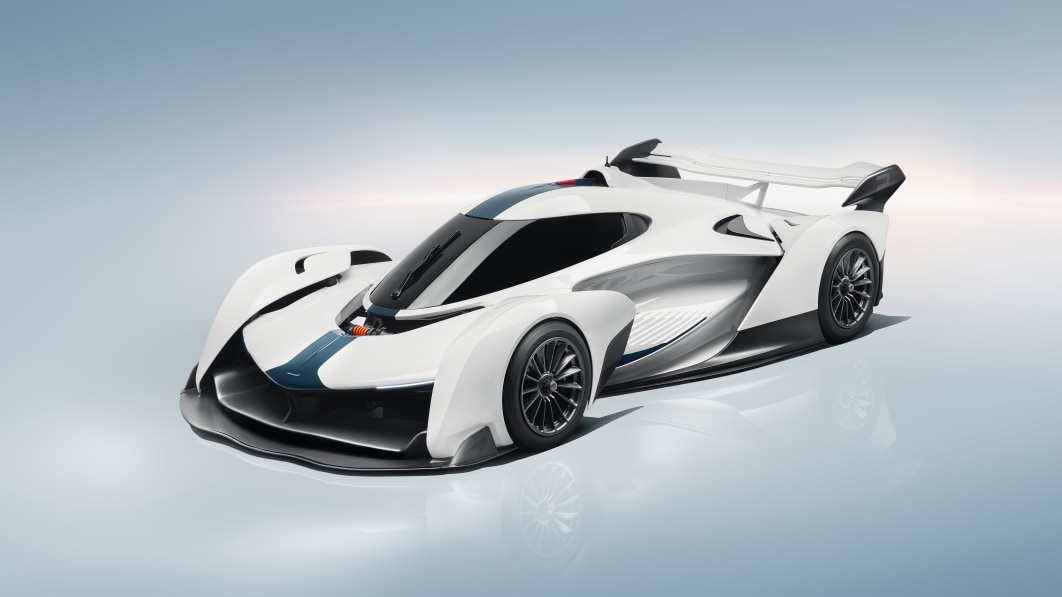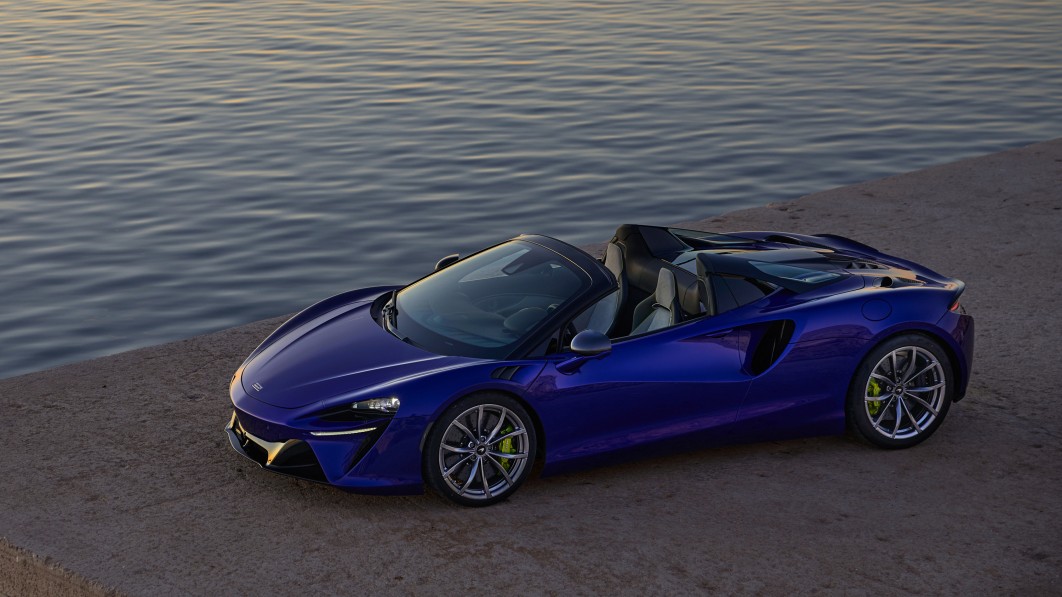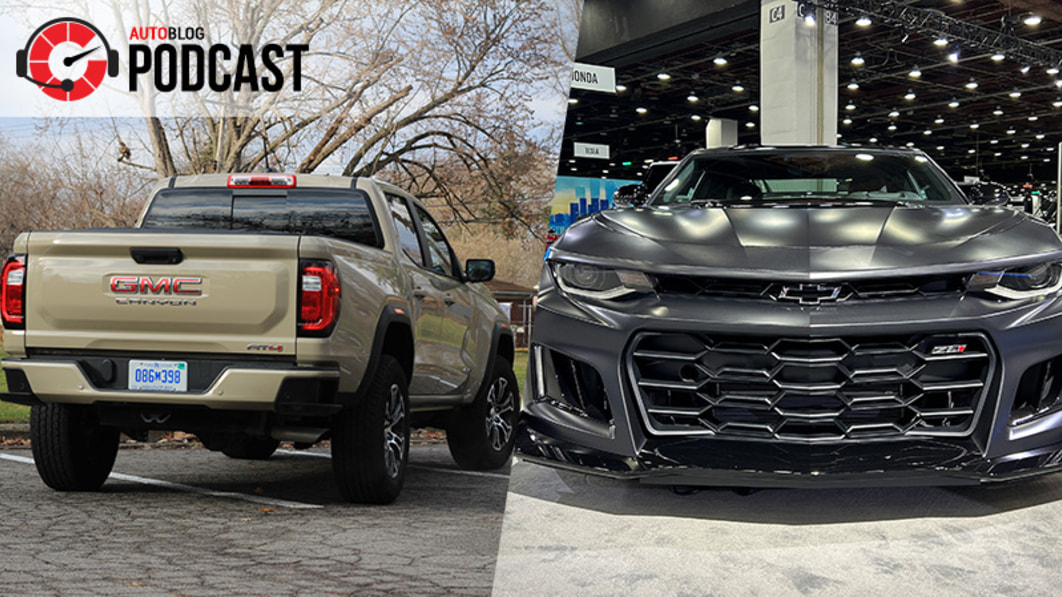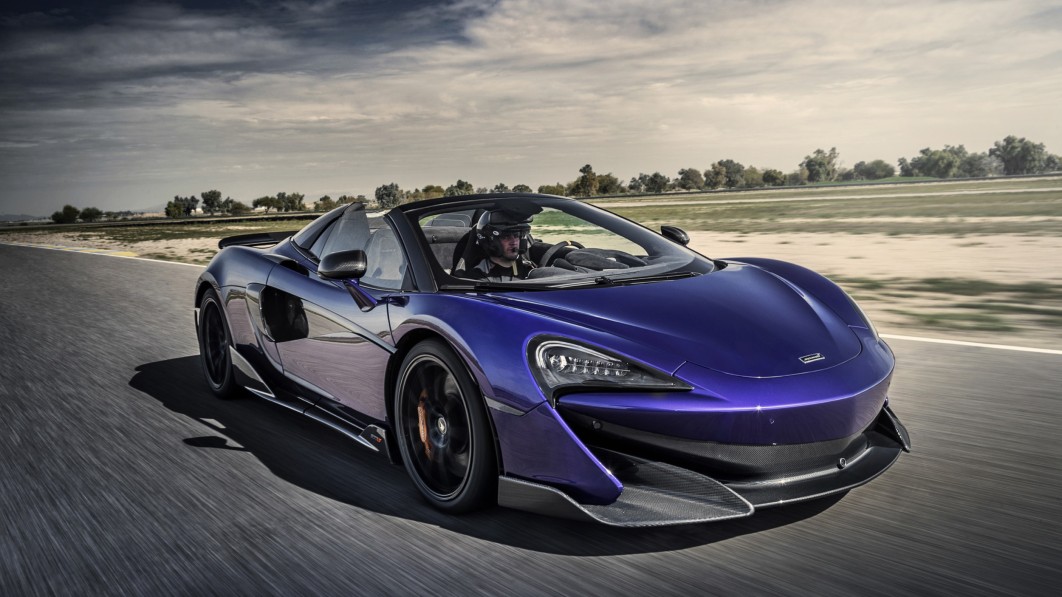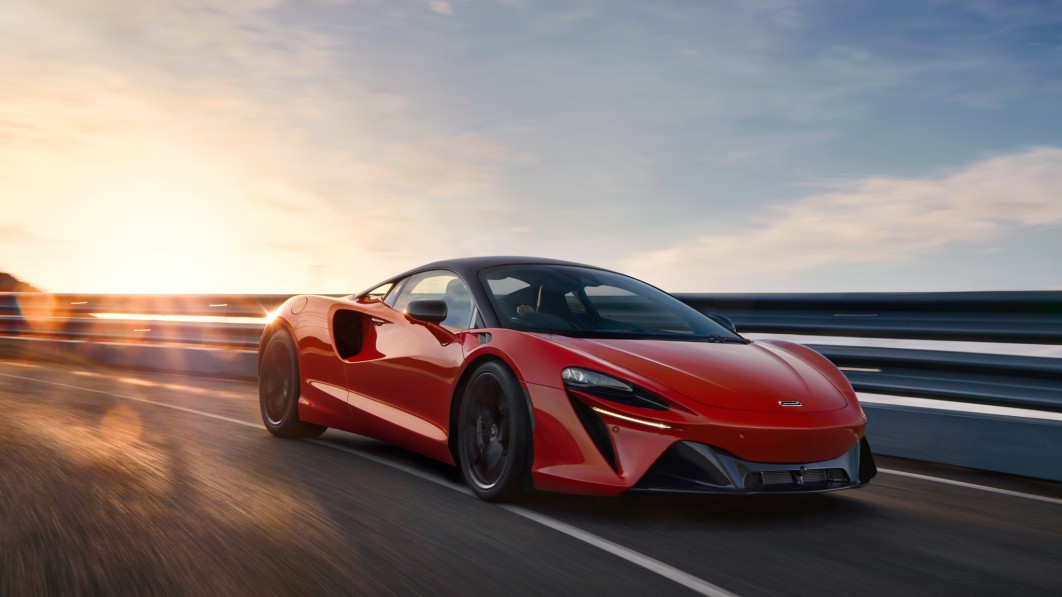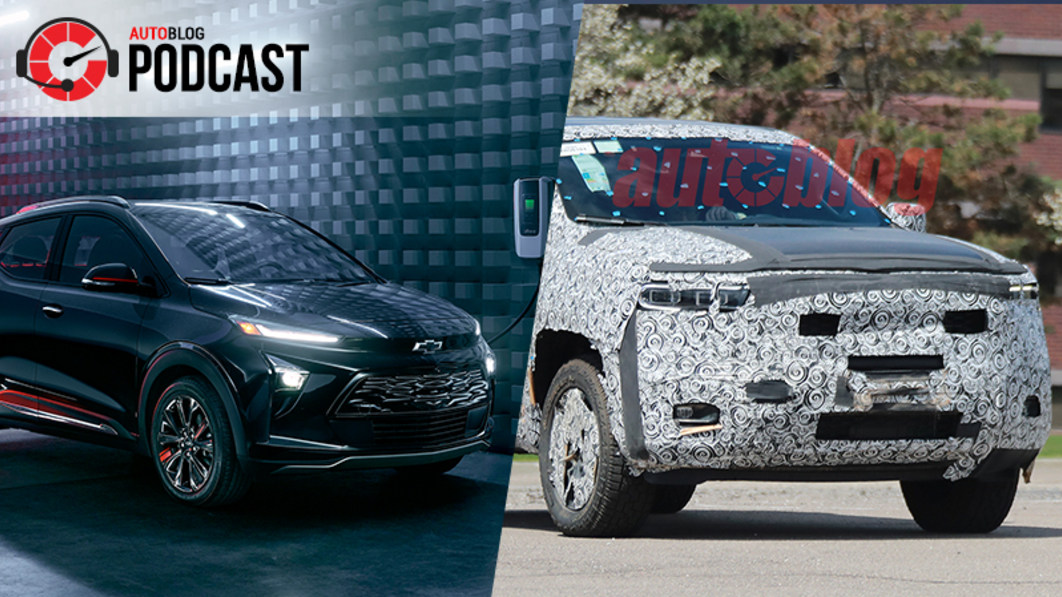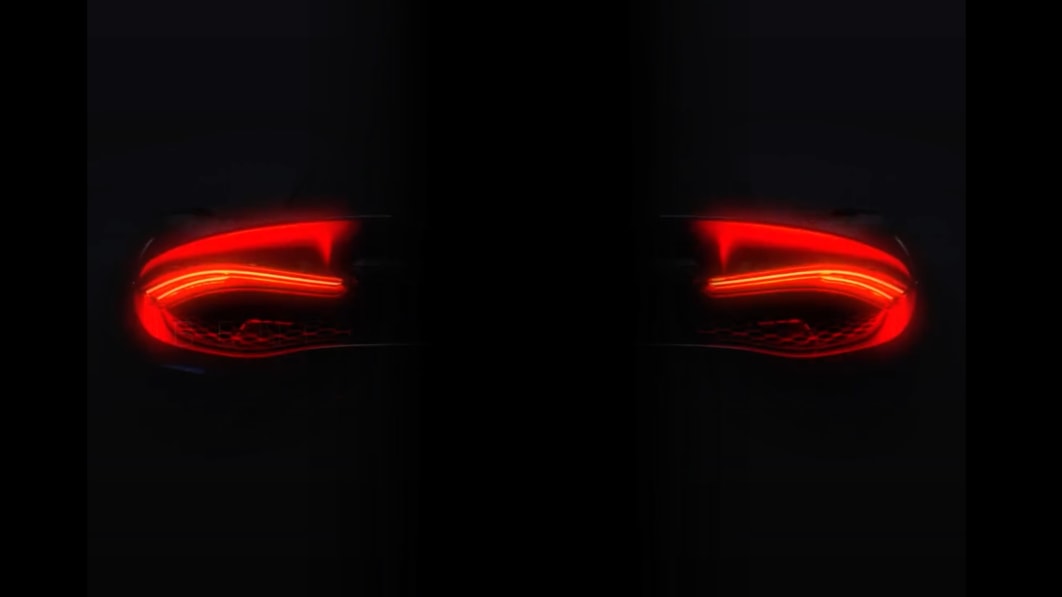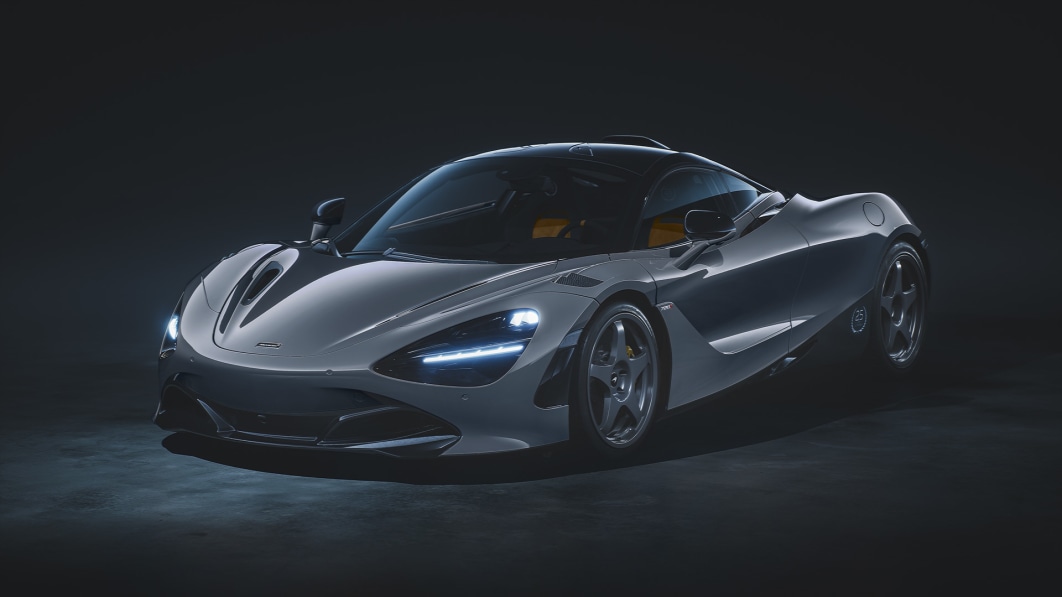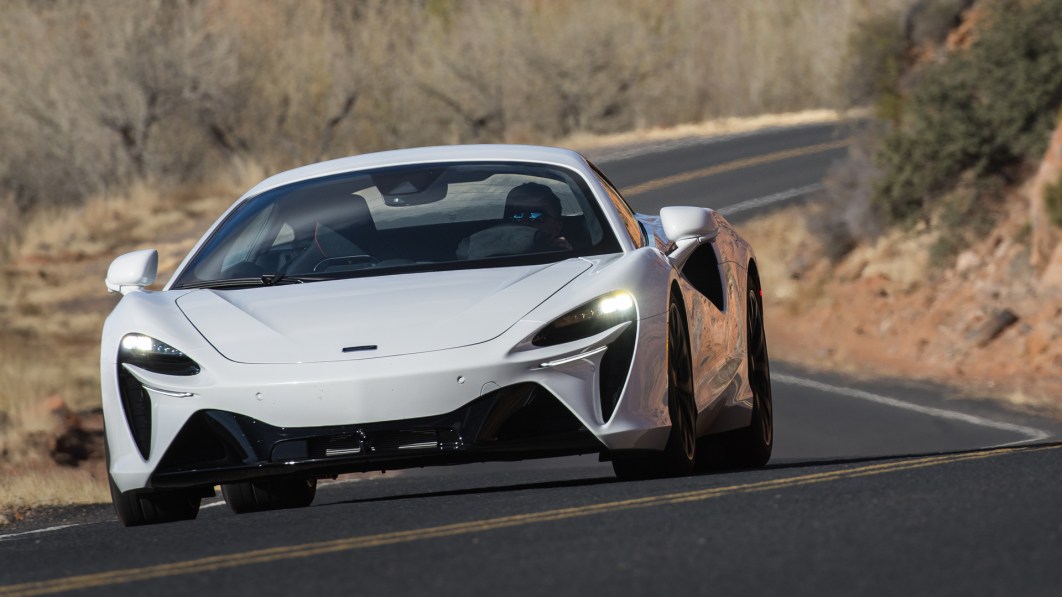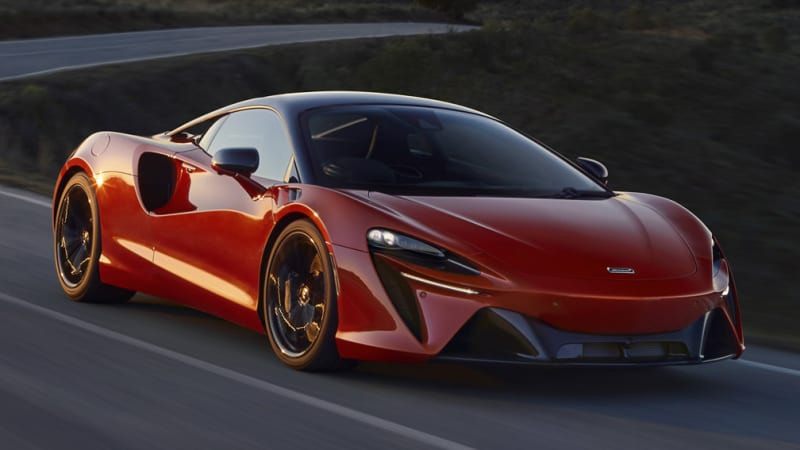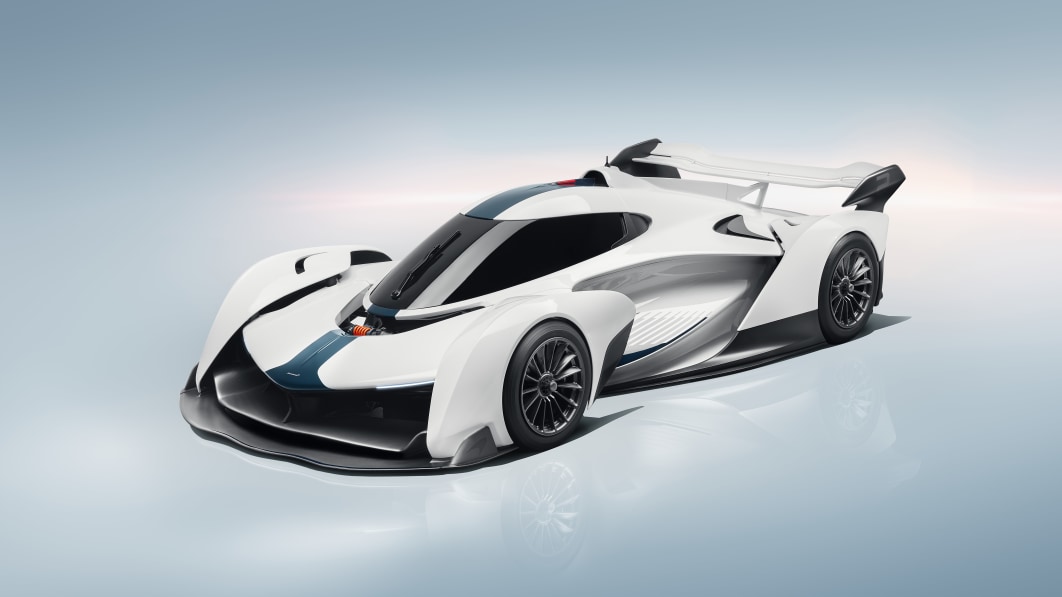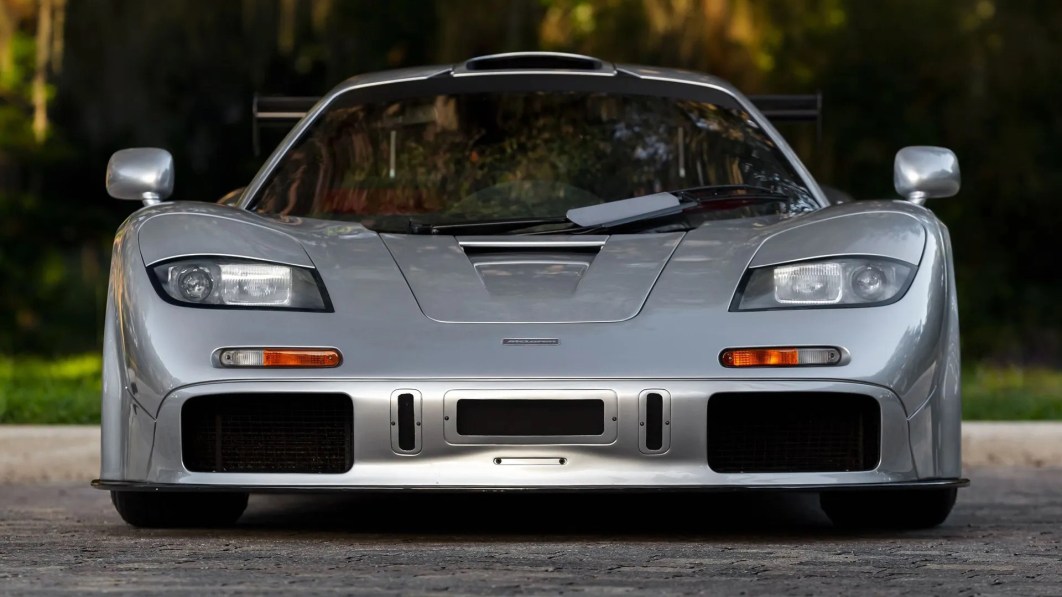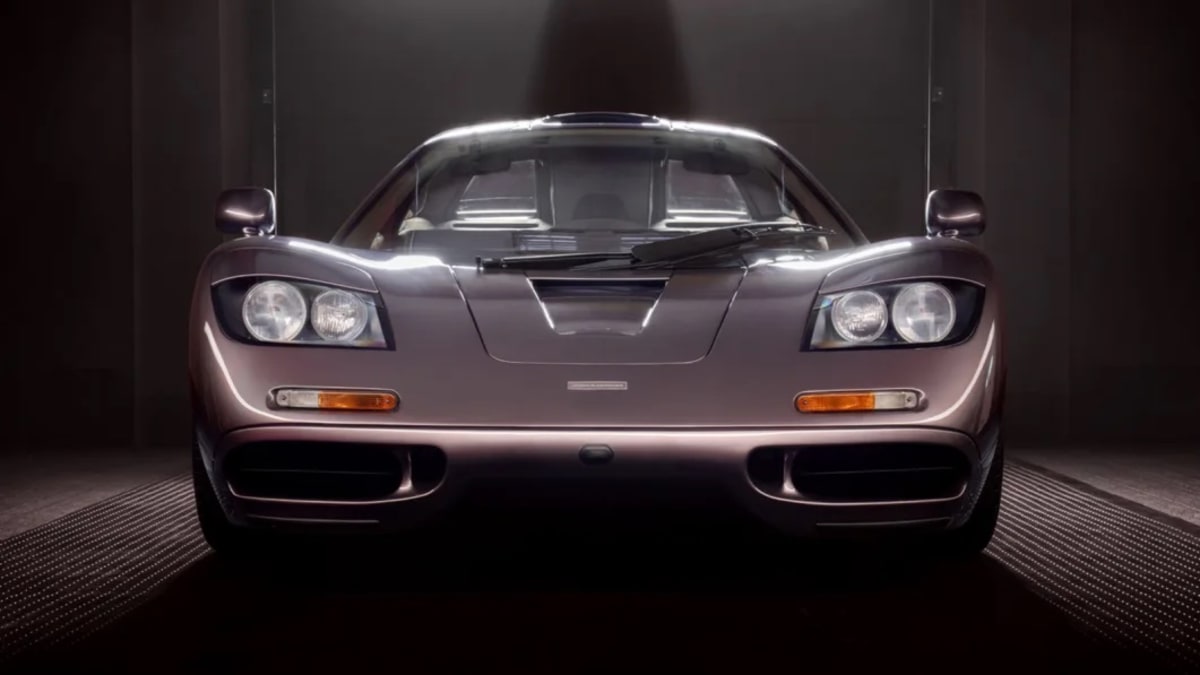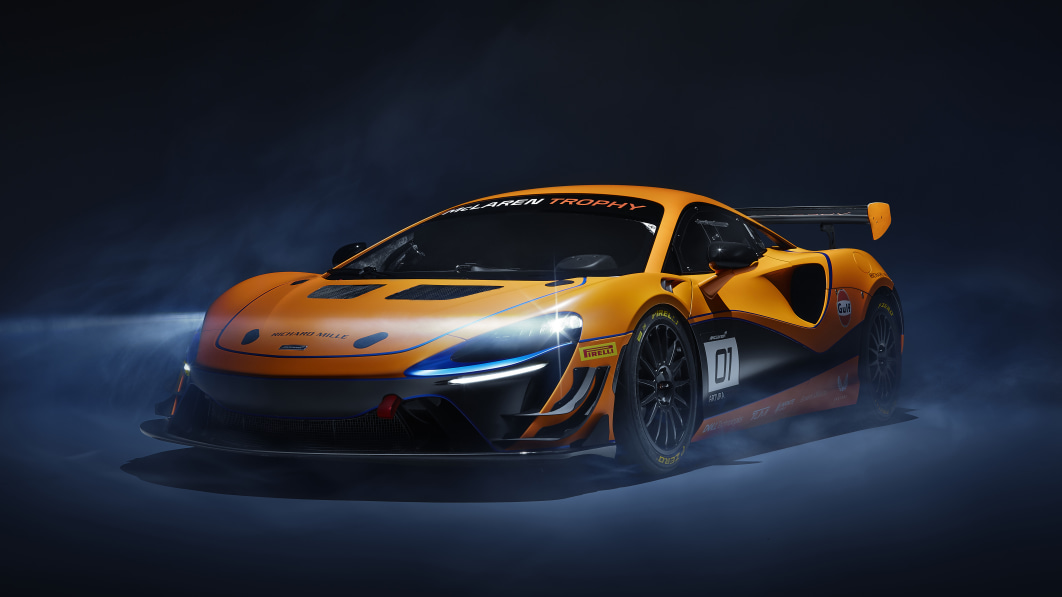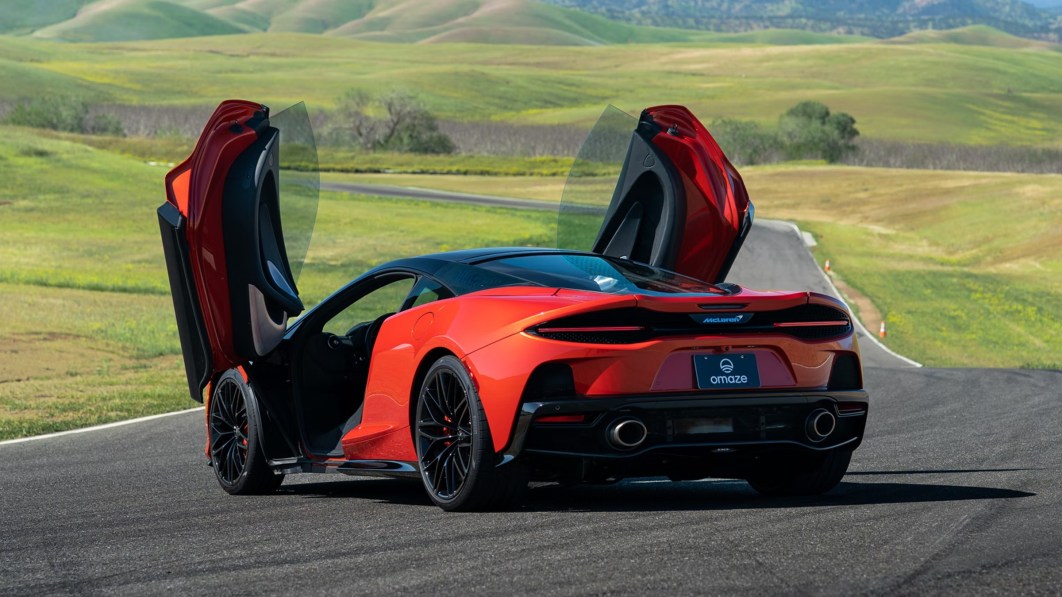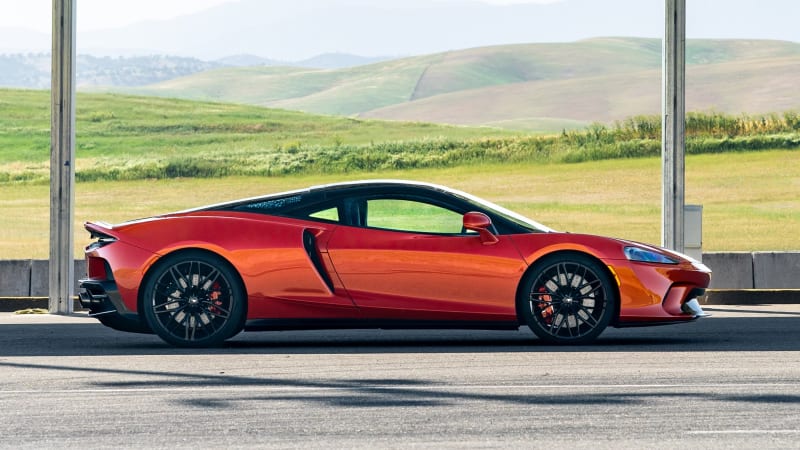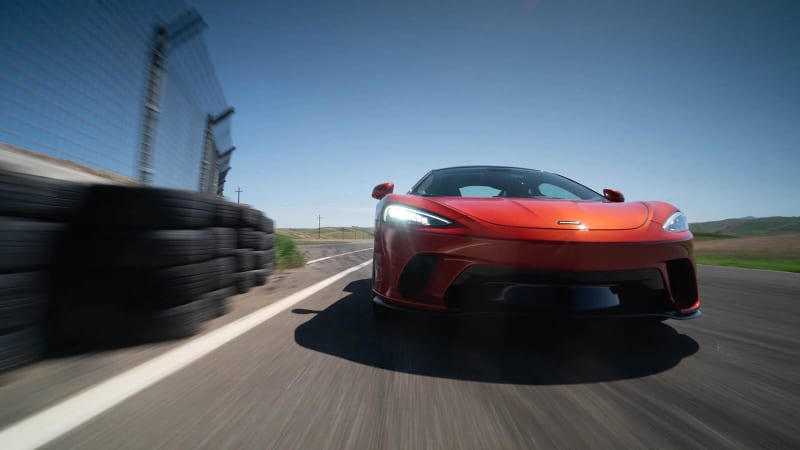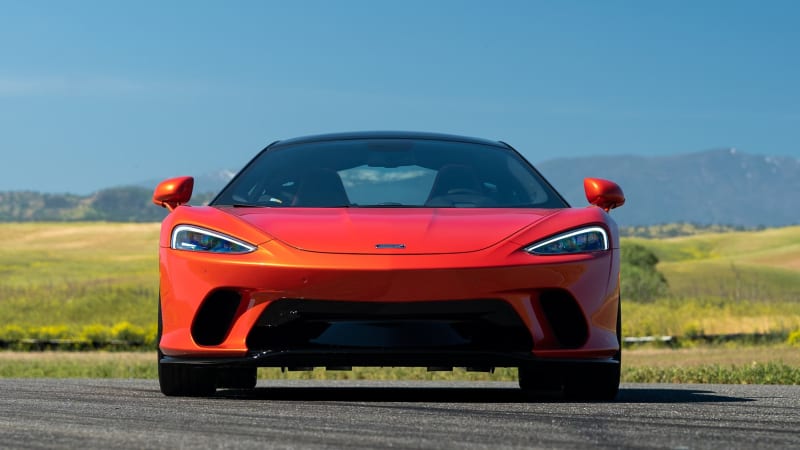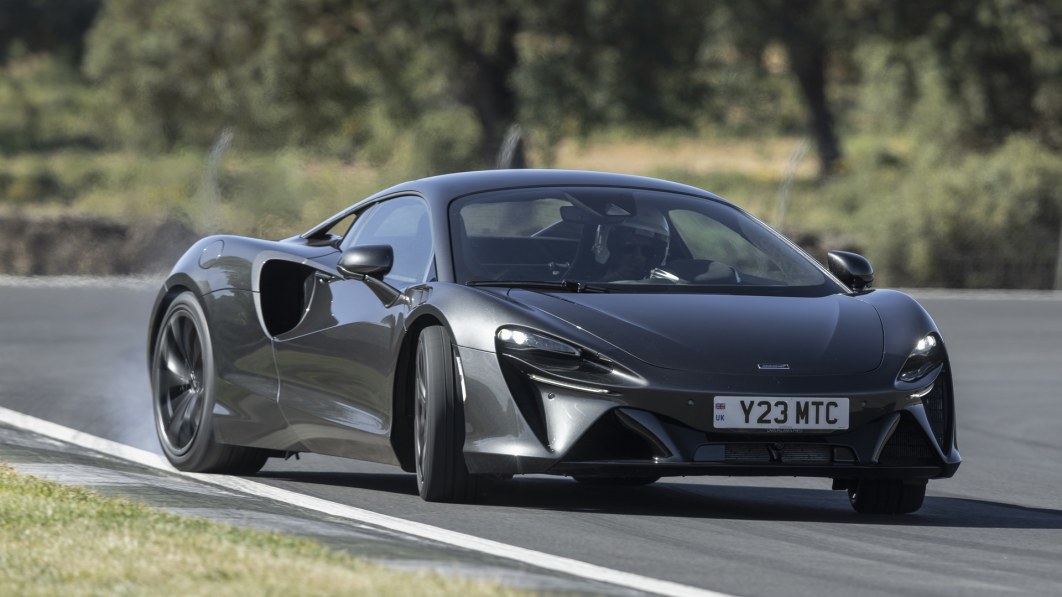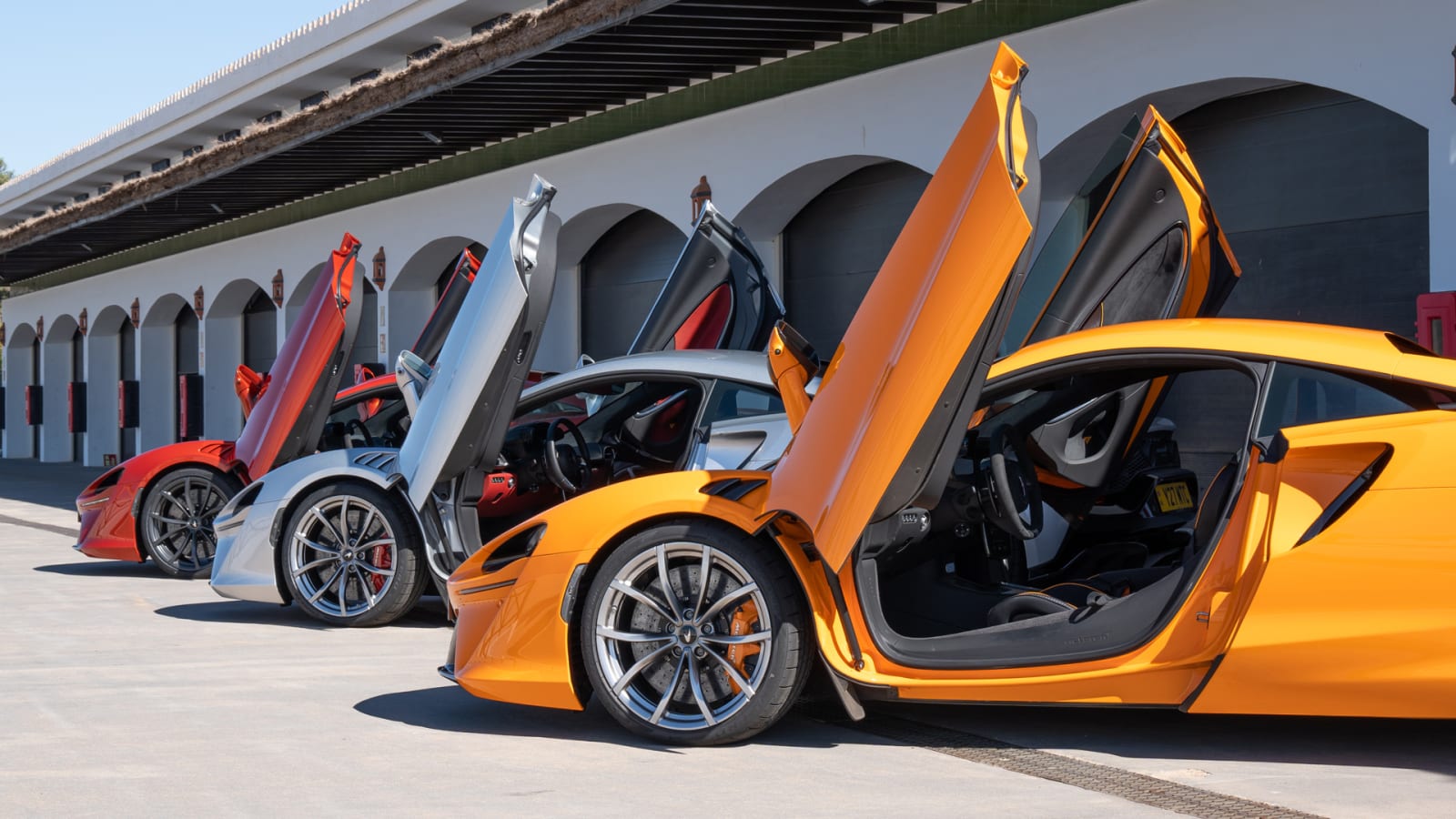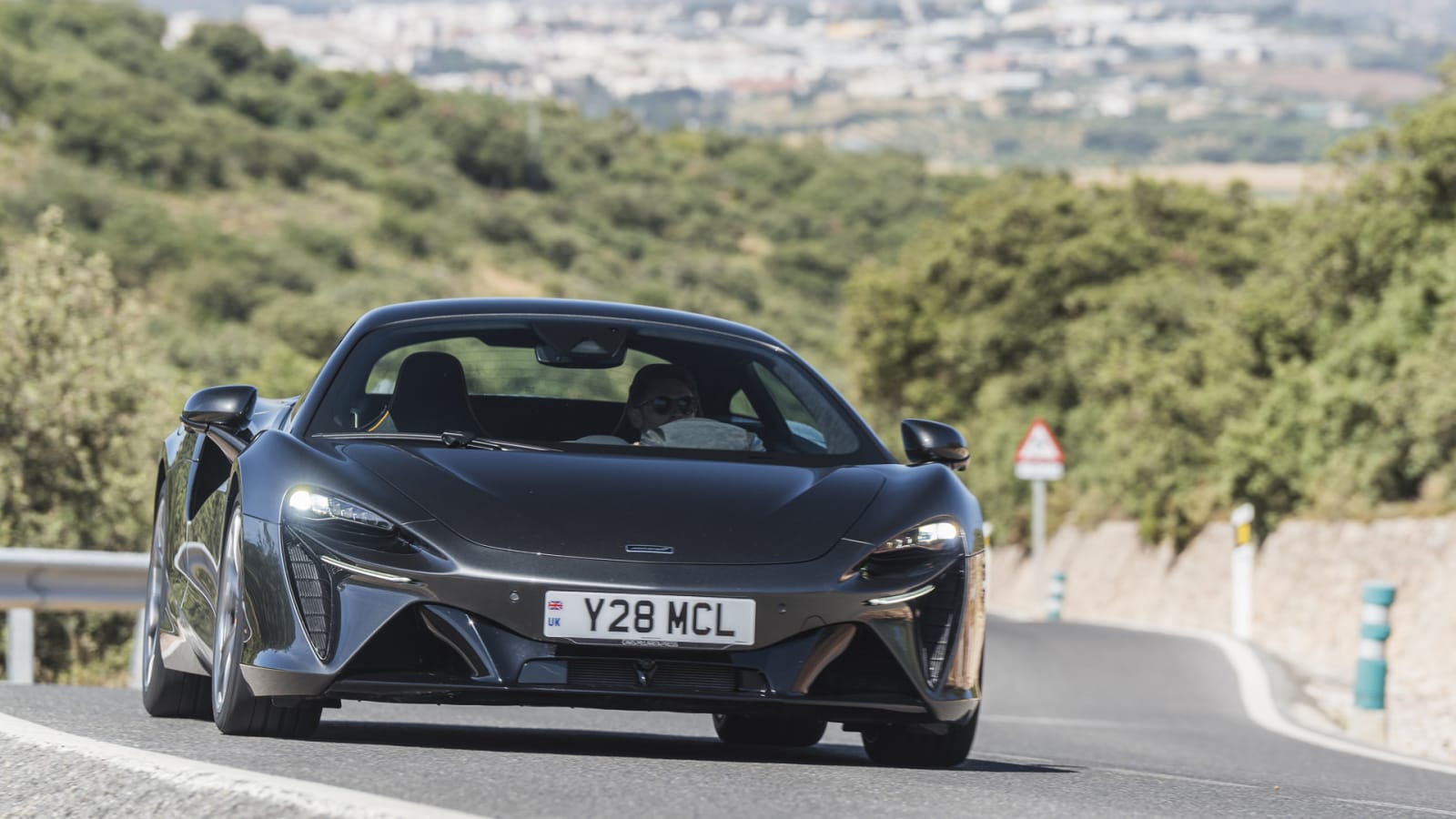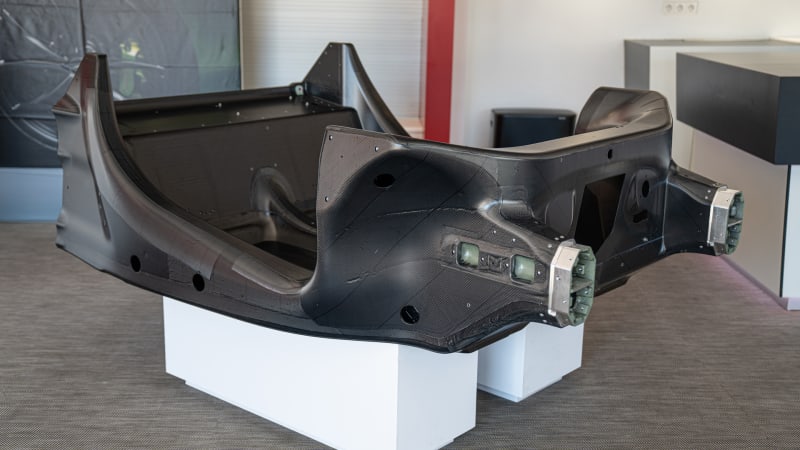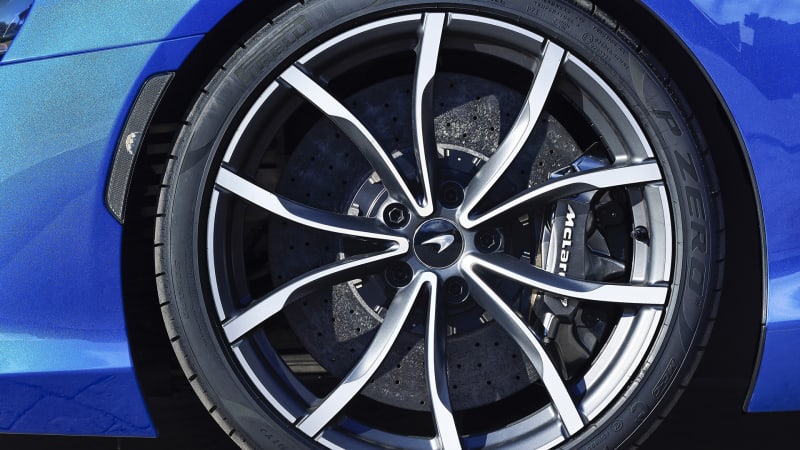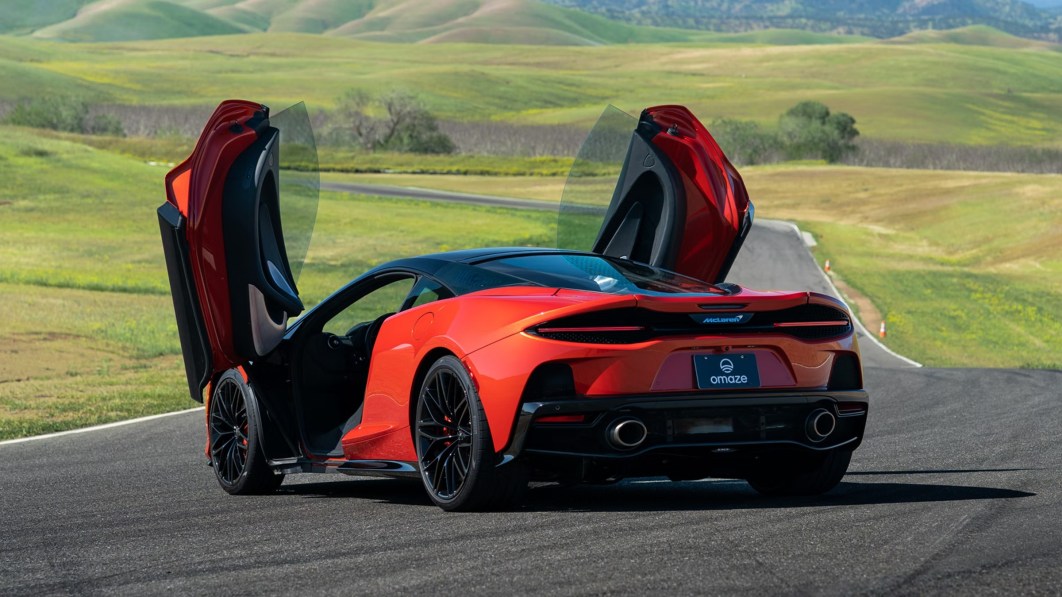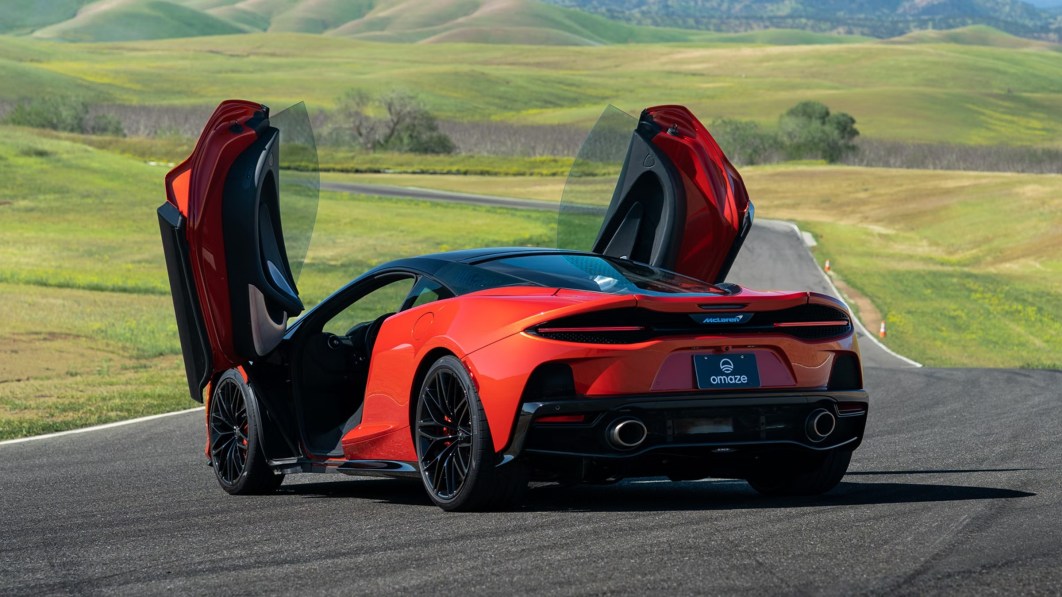MALAGA, Spain — Back in the early 2000s, when my mother was still rapidly spending down the proceeds of a profitable divorce from her second husband, she would occasionally send gifts to me and my boyfriend. One Hanukkah, she mailed us a pair of matching flannel robes from L.L. Bean. At least three other male couples we knew received this gift from a mother that holiday season, so perhaps there was some osmotic zeitgeist wafting in the ether, but this did not make it any more appropriate. Not only do I feel about robes the same way I feel about sweatpants — that they epitomize the most tragic abdication of human effort — but, following a one-time visit to Saugatuck, Michigan, a haven for Midwestern queers in matchy-matchy polos and Bermuda shorts, my partner and I had developed a strict policy: No Gay Twinning.
Decades later, Ferrari and McLaren have both released six-figure, mid-engined, entry-level, 180-inch, rear-wheel-drive sports coupes featuring twin-turbocharged 120-degree V6 engines combined with an electric motor and an integrated battery pack that can be plugged in. I just completed a road drive and track time with the McLaren Artura, and it raises the question: Is this some more of that osmotic zeitgeist, or are the companies twinning each other?
I haven’t yet driven the Ferrari 296 GTB, but I can speak to the ways these cars don’t precisely match. Unlike the Ferrari, which is among the Italian brand’s most potent regular production road cars, with a combined ICE/EV output of 818 horsepower and 546 pound-feet of torque, the McLaren Artura makes do with a paltry 671 hp and 531 lb-ft of twist, placing it downrank in the brand’s lineup. But whereas the Ferrari has 3,700 pounds to motivate, the McLaren has just 3,300. This means that their 0-60 times are evenly matched, at around the 3 second mark, and their top speeds are identical at 205 mph.
![]()
McLaren achieves this parity the same way it usually does, via a monomaniacal focus on weight saving. This includes such lunatic wizardry as utilizing an all-new carbon fiber and aluminum sub-structure, thinner front windshield glass, an electric motor light enough to wear as a bracelet, and the aforementioned compact V6. It also implements an ethernet-based electrical system to reduce the weight of all the wiring contemporary vehicles require for their innumerable infotainment features.
With its short wheelbase, overall compactness and all that power, the Artura actually feels lithe on its tires — which, by the way, feature Pirelli’s first production iteration of its sensor and Bluetooth-based Smart Tire, allowing the car to instantly know exactly which type of 235/35/ZR19 (front) and 295/35/ZR20 (rear) tires are on the car — street, track or snow — how warm the rubber is inside the sidewall as opposed to at the rim, and precisely how much air is contained within. George Orwell said ignorance was strength, so I’m not certain why we’d want to know all of this, and the one time I actually got to use the feature on the track, the McLaren tech who was present overruled the red warning light and deflated the rubber to a pressure he deemed more appropriate. Progress!
Because of, or despite, all this engineering effort, the Artura accelerates with commanding alacrity, and very little drama, particularly in manual (paddle-shifted) mode. And its combination of a very stiff carbon fiber structure and softer suspension settings, common to the brand’s grand touring-focused vehicles, gives it a compliance that is missing from other more hardcore supercars. Though it lacks the trick hydraulic body control system featured on other McLarens, its hydraulic steering, something of a rarity in modern cars, provides excellent feedback. Or maybe it was the smart tires communicating with the smart steering wheel, which now moves, along with the instrument binnacle, as the one on my 1977 Porsche 928. Progress, again!
In addition, big carbon ceramic discs provide excellent braking, handy when chunks of the local geology appear suddenly in a blind corner on a spaghetti-twisted mountain roadway. However, achieving bite, like getting into the forbidden fruit of a candy apple, requires some initial firmness, followed, oft-unpredictably, by a crunch or a squish.
![]()
![]()
![]()
The Artura’s ability to motivate itself, if only for 11 miles, solely on electric power, provides a kind of “oh, neat” factor, useful for gotcha sneak-ups on pedestrians or silent escapes to or from extramarital trysts after sneaking down the drainpipe. But I couldn’t detect as much of the “infill torque” that the tiny electric motor is meant to provide at very low rpm, particularly, as referenced above, when the transmission was in automatic mode. The Artura, like some other six-figure hybrids, has so much technology baked in that it has a tendency to hunt, meanderingly, for its algorithmically-derived ideal of potency and efficiency, especially in city driving or during aborted highway passing maneuvers — Second gear! Sixth gear! No gear at all! This results in a hiccup here and there, as frustrating as when your phone refuses to take a command, but perhaps a bit more dangerous. (Also, your phone doesn’t cost $233,000.) Shifting the new eight-speed transmission manually, or driving flat-out on the track, cures the car of this issue. So, just do that, whenever possible.
Fortunately, you kind of can with the Artura, because for an exotic supercar, in this age of outrageous power and performance, the whole package felt rather livable, every day. This is a brand attribute for McLaren, and reminded me of the company’s first production road car in its modern iteration, the MP4-12C (from the era when McLaren named cars after their own license plate numbers). It even looks kind of mild for a supercar, walking (or running) the line between anodyne and AI generated. It’s a supercar for those who don’t want to stand out. Is that a market segment?
I’m not going to attempt to answer this question. It’s rhetorical device, like the aforementioned red herring of comparing the McLaren to a car I haven’t driven. I ask that you indulge me, however, even if this piece may resemble the Zen-like sound of one robe flapping.
Related video:

